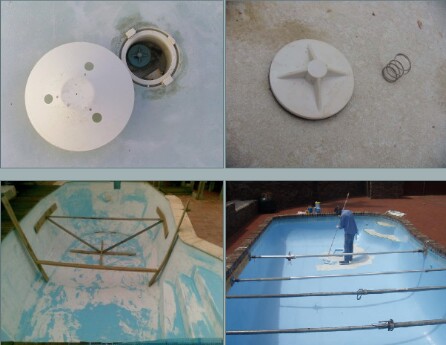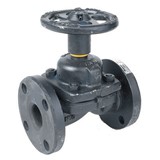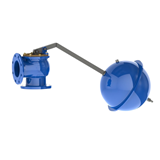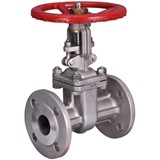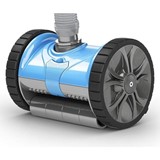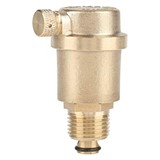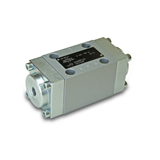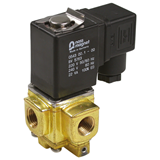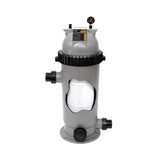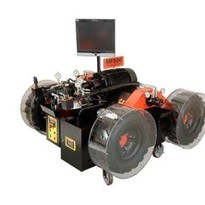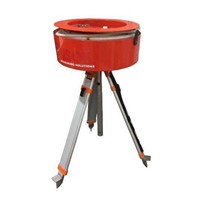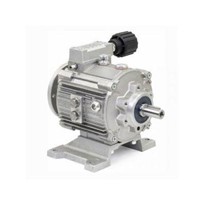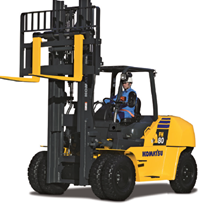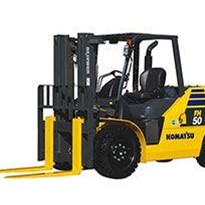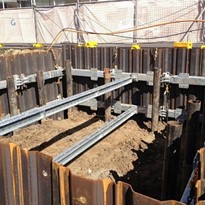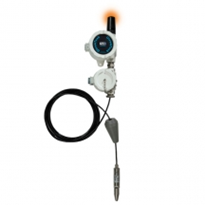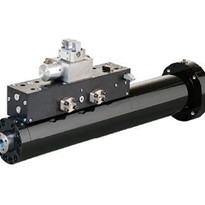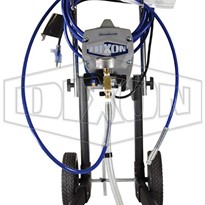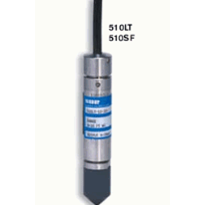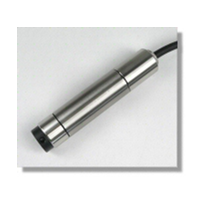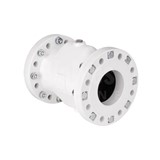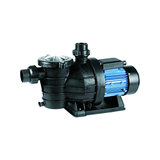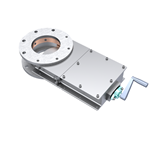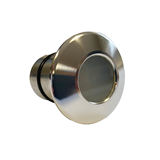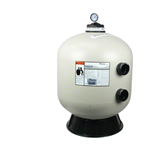Such a valve is designed to let ground water INTO the pool, especially when empty or nearly empty. Pools may be situated in areas where the water table is quite high or is raised after heavy rain. When having a pool that is empty or nearly empty in this situation it is important to be aware of the pressure exerted on the pool by such a high water table. This is more so for fiberglass pools which don’t have the mass of a concrete pool. Usually a concrete pool is engineered to with stand considerable water pressure when empty so the hydrostatic valve is omitted and when the pool was built it would have remained empty for a month or so while the concrete cured. So you can usually empty concrete pools without issues.
Fibreglass pools have much less mass and thus if a high water table, may buckle or even lift out of the ground somewhat. It’s not a common problem but does happen.
Some pools will have an inspection pipe near the pool which can be used to determine the ground water level. (It’s usually located in the surrounding tiled area and will have a shower waste grill on top, check water depth with broom handle)
As a general guide for fibreglass pools we suggest not emptying if the water table is high, say less than 1 M deep and if between 1 – 2 M, proceed with caution. Also don’t leave a fibreglass pool empty if heavy rain is expected. Test the situation by emptying the pool about 1/3 and leave overnight so as to check on any pressures, bulges or movement of the shell. If okay, then empty a further 1/3, so you can release the hydrostatic valve. (To release valve lift off cover plate and then pull up the mushroom shaped cap, in the sump, which should let dirty water into the pool)(If seized, then try to force up with screw driver under lip)(ALWAYS a good idea to replace when pool empty, see your pool shop) Leave overnight and if okay continue empty pool.
You may notice some springiness in the floor, though hopefully no bulges. Try not to walk on any springy areas and use some plywood sheets to spread the load, while preparing the pool. Fibreglass is quite resilient, but continuous flexing is not good. Also older fibreglass pools may be somewhat brittle with age or if of poor quality and may crack if flexed.
Bracing should be considered if any doubt about the water pressure and use 2 – 3 braces across the pool. (Place as soon as you can get into the pool to work) These can be Acrow props (Hire Company) or timber posts, both with a plywood panel about 600mm (2ft) square to spread the load. They will require moving as surface preparation and resurfacing are undertaken.


